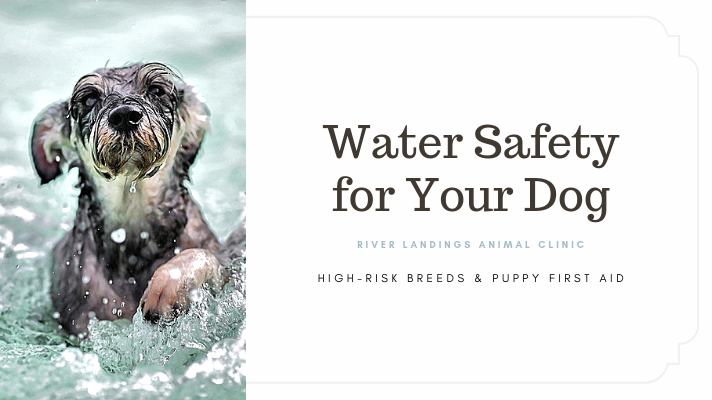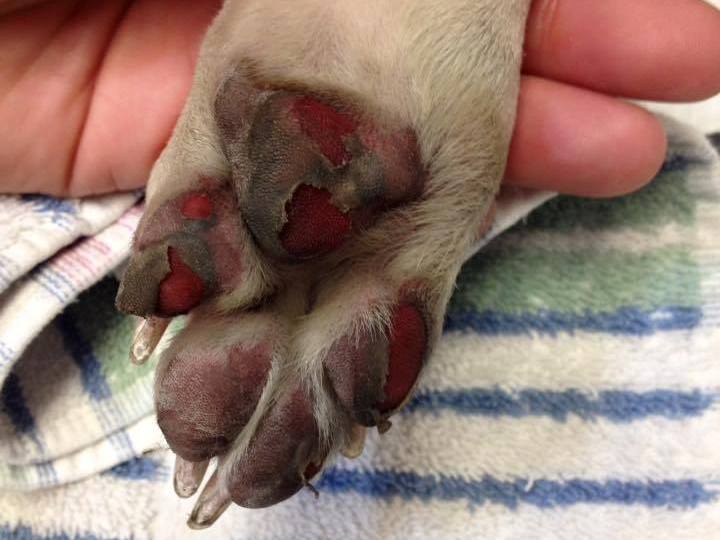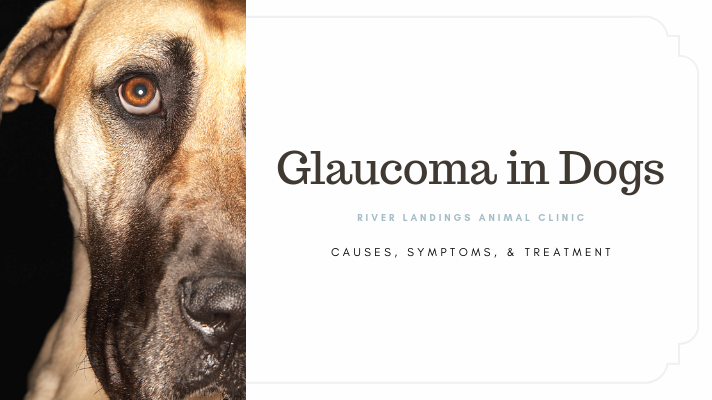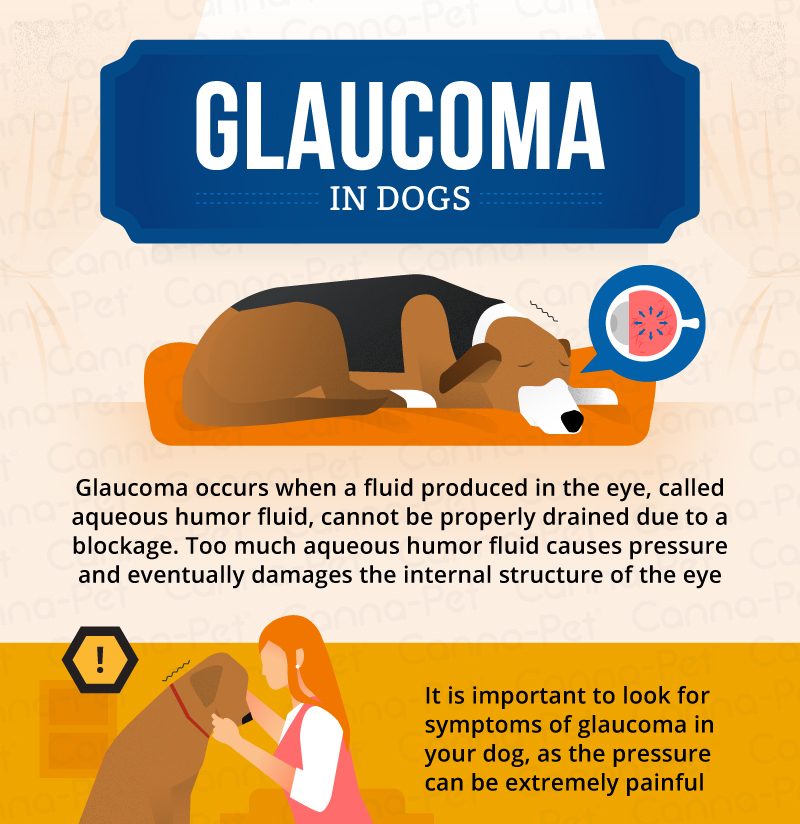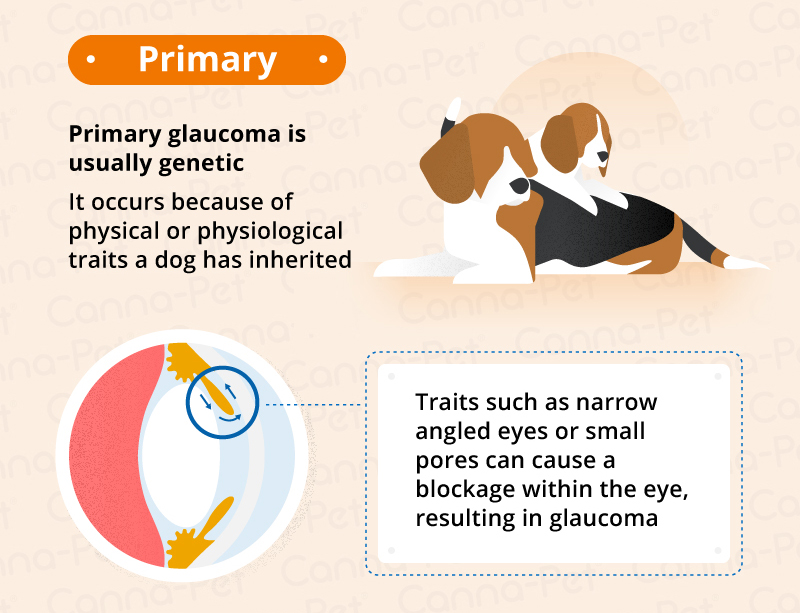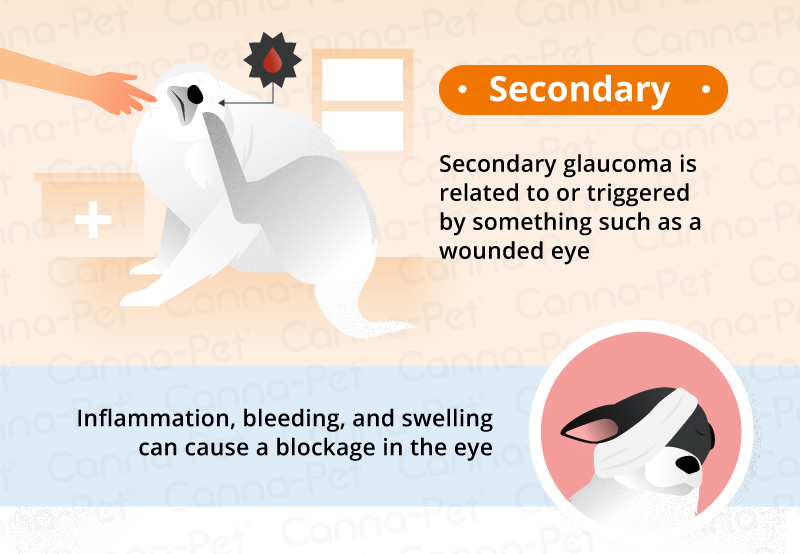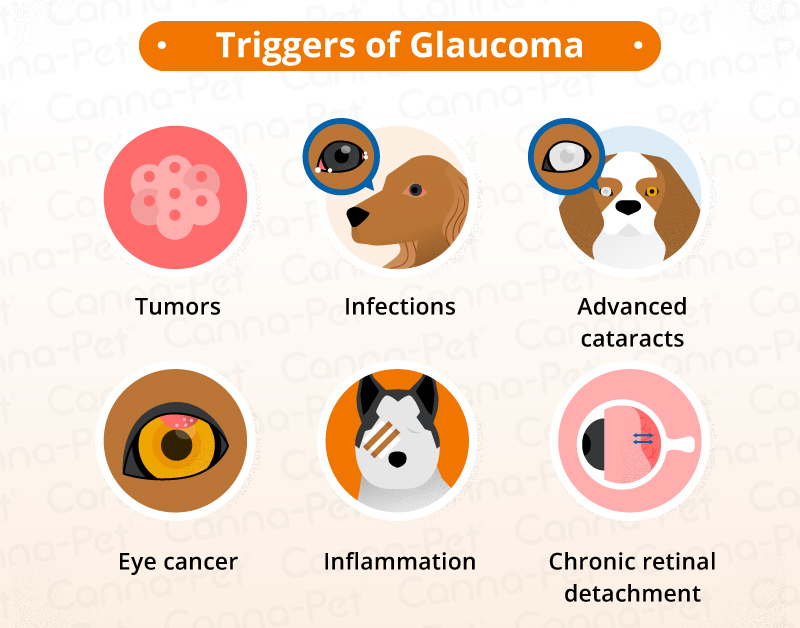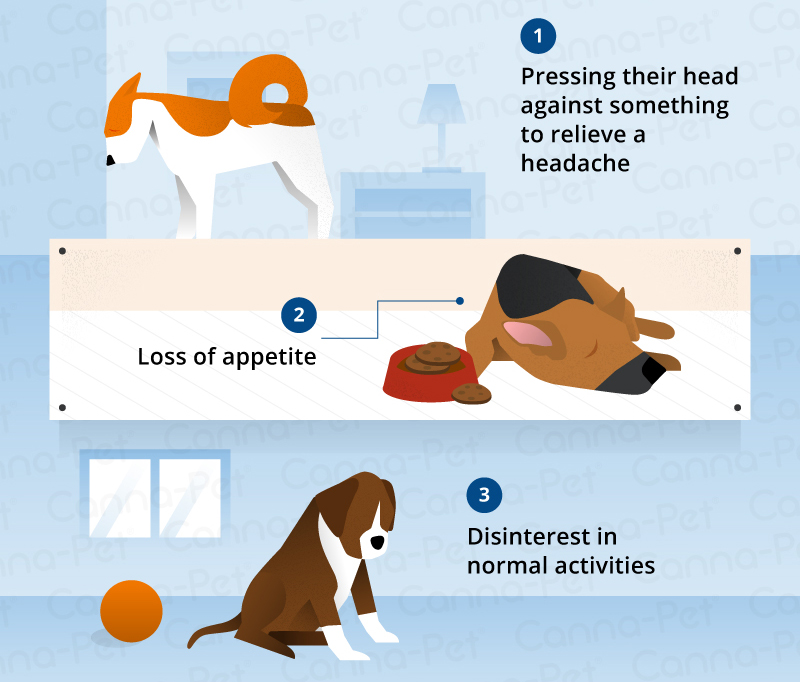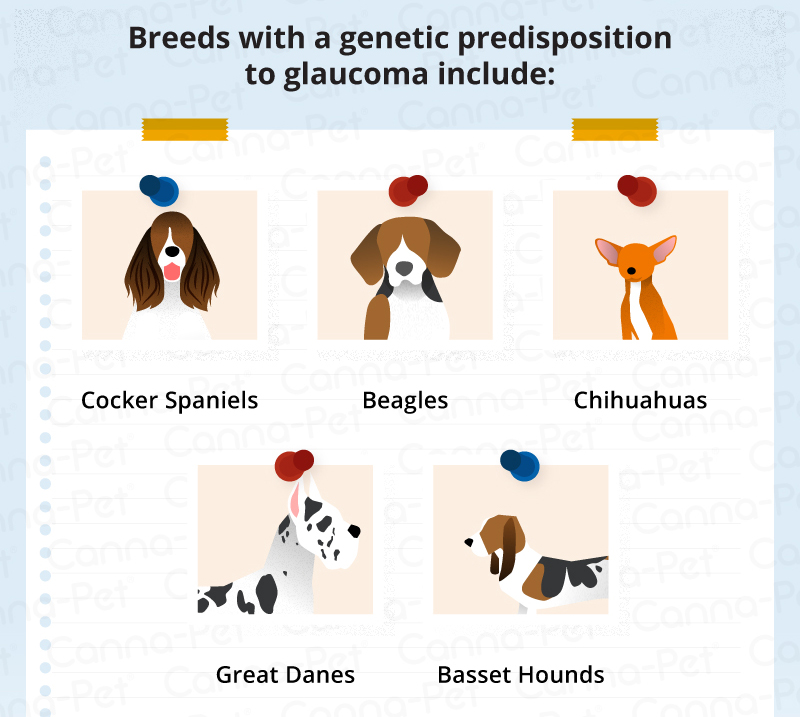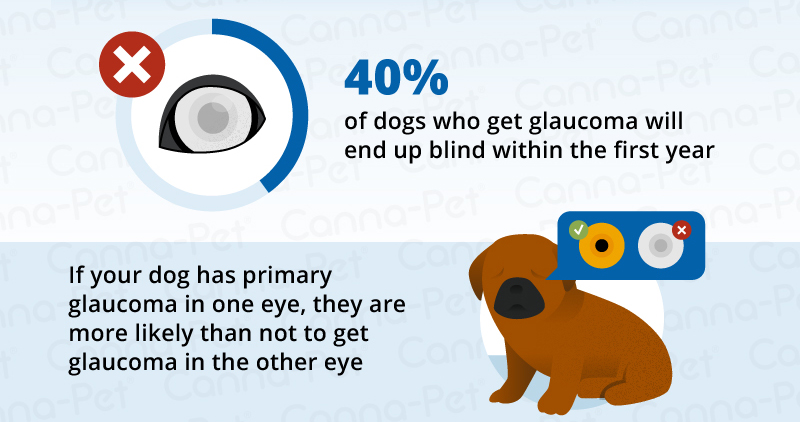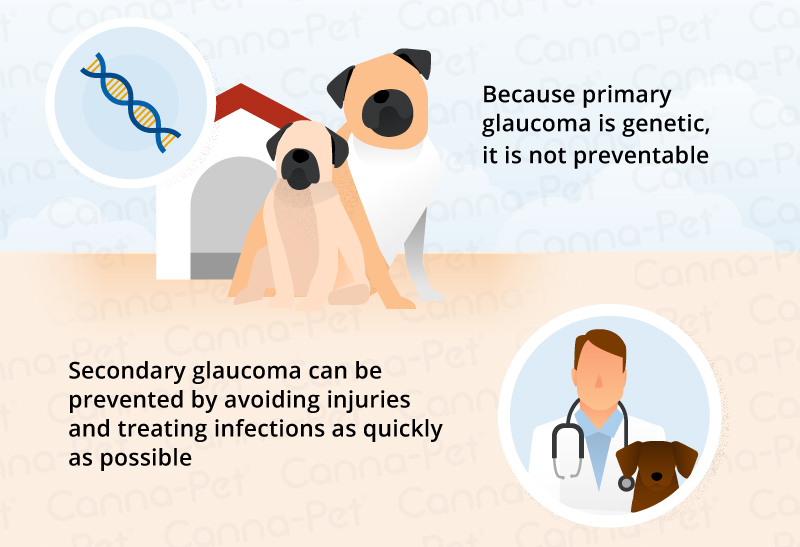Many puppies leap before they look, or simply fall into the swimming pool, hot tub or break through ice on the lake and can’t get out. Dog paddling may be instinctive but they can still drown if they can’t climb out, get too tired to float, or are at risk of being top-heavy.
High Risk Breeds
Some puppy breeds adore the water but others have a hard time staying afloat. For instance, Labrador Retrievers especially love the water. Puppy breeds with heavy coats such as Collies become waterlogged and tend to dislike puddle jumping. Heavy-bodied breeds like Bulldogs have trouble staying afloat and actually could sink and be unable to get out of the pool.
All pets are at risk but especially small breeds and puppies are most prone to drowning. Their inexperience, curiosity, and fearlessness prompt them to explore but they may be unable to climb out of even small bodies of water. The steep sides of backyard pools and hot tubs prove particularly dangerous during the summer.
Water Safety for Puppy Swimming
Pool safety is just as important for puppies as it is for children. Most backyard pools have steps in the deep end along with a shallow end. Teach your pup to find these easy exits through guidance and praise. Never ever leave pets unsupervised around the pool.
Does your pup enjoy a nice boat ride on the gulf? Camping and spending time with our furry friends on water can be tons of fun, but pets can easily lose their footing on slippery boat decks. Even if your pup manages the trek back to land, they may become lost on the beach or sandbar, so it is important that they have their identification tags/collars on, as well as microchipped.
To avoid your pup hurdling into the water at 40 mph, provide double-sided rubber mats on boat decks for a more secure footing for your pet. A harness and a strong lead or tether also helps assure your pet stays secure onboard. Don’t forget safety life vests for pets. You can find these products at most any pet store these days to assure even if they fall into the water, they have some assistance. Most of these floatation harnesses provide a handle for you to lift your pup upwards out of the water with.
First Aid for Drowning
Please, pet-proof pools and other water adventures to prevent tragedies all year round. Supervise your water-babies so cooling off during the summer stays safe. Water games should be fun for the entire family.
Hear From Us Again
Don't forget to subscribe to our email newsletter for more recipes, articles, and clinic updates delivered to your inbox (here). Or, you can keep up to date by liking and following our Facebook page (here).
Related: We have more information under our dog health tags.

